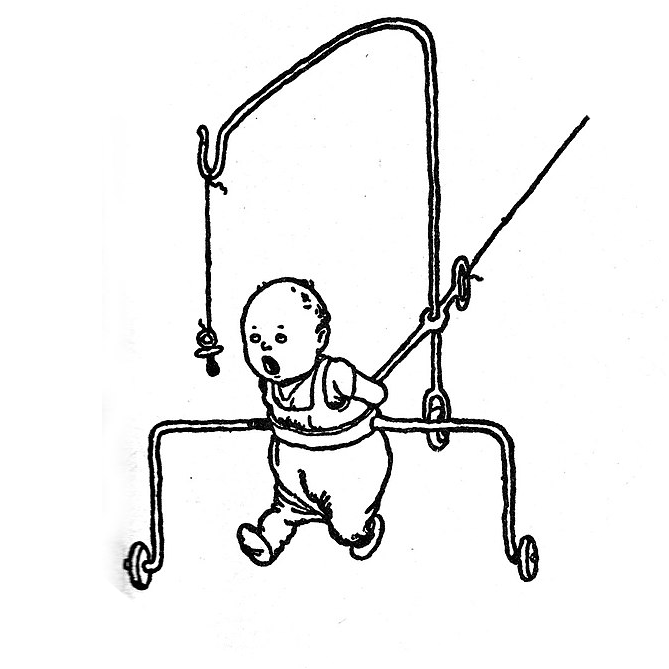Yeah I know these are used for counting vehicles but can they also be used for detecting vehicle speed?
Description: two pneumatic hoses, affixed to a road. They lead to a box that’s locked to a telephone pole. Location is southern California. On a minor artery road.
Doubtful that it’s to survey if a new stop sign is needed since the next street is minor, dead ends into this one and already has a stop sign. The next intersection with another minor artery already has a stop sign.
Extremely doubtful that a traffic light is being considered since there isn’t anywhere near the amount of traffic to justify one.
This is located on a slope. Many cars speed down here. That’s why I’m wondering about speed sensing by this device.


They measure speed (how long between compression of each hose), direction (which hose was hit first), weight (how much was each hose squeezed), and axel count (how many pairs of wheels went over).
When you are calculating road wear, number of axels (and weight) is more important than number of vehicles.
You can often derive the number and type of vehicles by the pattern of “hits”. A passenger car will have a different pattern than an 18-wheeler; a van will have a longer wheelbase than a motorcycle, etc.
It blew my kond ehen i foind oit that engineers won’t even factor in cars when designing major bridges because they are essentially a rounding error compared to semi-trucks.
Kinda true. Regular cars have an Equivalent Single-Axle Load (ESAL) of 0.0004. Basically, it takes about 9,600 cars to put as much wear on the pavement as one 5-axle Semi.
Similar story for bikes and foot traffic, vs cars IIRC. You can have a staggering number of bikes and foot traffic with very light wear.
That’s the secret of Roman roads